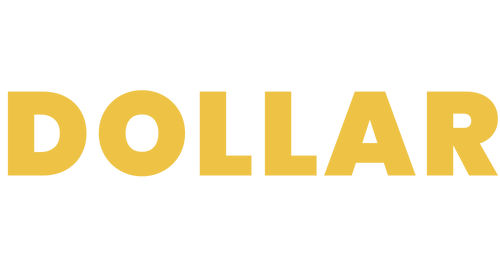Welcome to EPISODE 50!!!!!
This is Episode 50 of The Unstoppable CEO™ Podcast, and it’s a biggie…
My guest is Perry Marshall, best selling author of seven books, including: The Ultimate Guide to Google Adwords, The Ultimate Guide to Facebook Ads, 80/20 Sales and Marketing.
But today, Perry and I are diving into his latest book—Evolution 2.0. Perry’s a brilliant marketer, and a disciplined engineer.
This is a fun, deep, and very different interview, that will expand your thinking.
And, there are unusual, seldom understood, parallels between Evolution 2.0 and your business (yes, really). You’ll have to listen to find out.
I hope you enjoy listening as much as I enjoyed being in this conversation with Perry.
Mentioned in the show
- Perry Marshall
- $5 million Evolution 2.0 Prize
- Evolution 2.0
- Ultimate Guide to Google AdWords
- 80/20 Sales and Marketing
- Ethernet
- Third Edition of Ethernet book
- YouTube video study done at Harvard
- Is the Watchmaker Blind or Does She Have One Eye?
- The Blind Watchmaker
- NaturalCode.org
- PerryMarshall.com
- CosmicFingerprints.com
- Enjoy this podcast? Leave us a review on iTunes.


